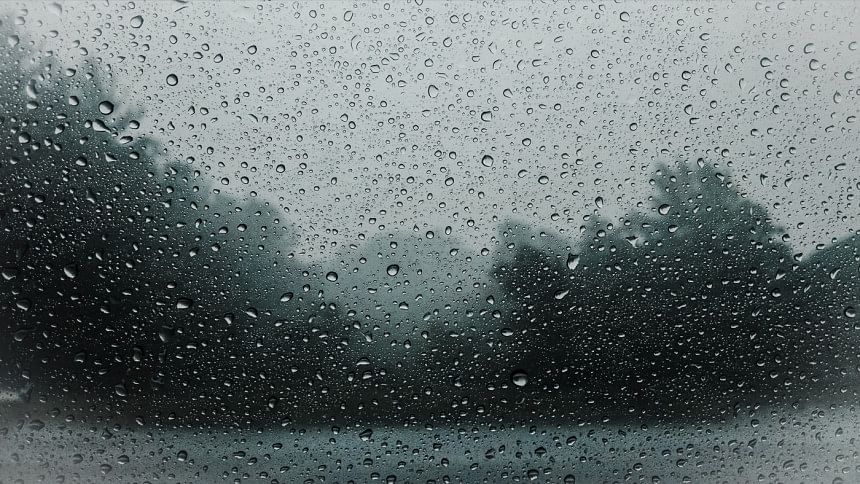Monsoon in Bangla literature

Bangla literature is quite rich and monsoon holds an interestingly large part of it. Some might say that monsoon in literature is a sub-genre of Bangla literature and it's probably not an unfair claim. But monsoon in Bangla literature has such a major impact that it's challenging to finish that discussion in one small article. It deserves an open discussion during 'Brishti Bilash' — perhaps with a cup of tea, watching out the window as the rain pours down like there is no tomorrow.
Tagore's love affair with monsoon
Rabindranath Tagore's presence in every aspect of Bangla literature is truly something else. This great man left his mark on everything he touched. And it was noticeable how much he was fond of the monsoon. Tagore painted the beauty of the rainy season with his mastery of words in both songs and poems; even his novels. From poems like 'Ashwar' or 'Sonar Tori' to novels like 'Nouka Dubi' and even his non-fiction writings like 'Japan Jatri' — all of them paint a picture of the rainy season that is unforgettable.
Kazi Nazrul Islam's lamentation
Our national poet saw monsoon in a different image. While Tagore was seduced by the season, Kazi Nazrul Islam saw the rain as a symbol of separation. Nazrul saw the flowers and avians reacting to the rain as a reminder of the aching love he felt. It's amazing that even someone known as the 'Rebel Poet' was mesmerised by monsoon.
Poems and monsoon
Every poet that tried to put monsoon in words, did so with such beauty that these cannot be translated properly with the magic they hold in their original Bangla composition. Palli Kabi Jasimuddin was stunned by the beauty that the rainy season presented and thought he would lose himself. The poem 'Palli Barsha' expresses that feeling perfectly.
Jibanananda Das found the rain enticing. In his words — 'the silvery rain water felt like a kiss offered with love from nature itself.' Even someone like Michael Madhusudan Dutt felt the need to write something about the monsoon that speaks volumes. The poem 'Barashakal' is only eight lines but Michael Madhusudan Dutt still manages to move the reader and illustrate a sensual image.
In fiction
It is natural that the rainy season has been mentioned quite often in Bangla fiction. Many of them had plots that revolved around rivers and monsoon had driven the plot. 'Padma Nadir Majhi' by Manik Bandopadhyay and 'Titash Ekti Nadir Naam' by Adwaita Mallabarman are two major examples of such writing where the monsoon itself seems like nothing short of a character that influences the story.
Humayun Ahmed had a fondness for moonlight, rain, and kodom ful. The flower is often associated with rain and both rain and kodom ful found their way in Humayun Ahmed's writings. His depiction of rain was varied but he never failed to see the beauty of monsoon since he was very much into the idea of 'Brishti Bilash' — the concept that rain is something that can be enjoyed. 'Srabon Megher Din' is one of the titles of his books that says enough about how much he liked the rain.
The other side of monsoon
As romantic and beautiful as rain is, it must not be forgotten that monsoon does not hold the same appeal for everyone. Sometimes rain can be more than a nuisance. Since literature is supposed to act as a mirror to the real world, successful literature will surely reflect everything that reality has to offer, even if it's dark and upsetting. Bangla literature in its depiction of monsoon keeps that important point in mind.
In 'Pather Panchali' for example, one of the major characters had to suffer an untimely demise because of running about in the rain a little too long. The way the story builds up to that moment is truly heart-breaking and leaves the reader in tears.
Another such example is Zahir Raihan's 'Baraf Gola Nadi', a story of the struggles of a middle-class family. The story builds slowly before reaching an unexpected end where the monsoon plays perhaps the biggest role and leaves the reader terrified and shocked; a reminder that rain is not romantic for everyone.

 For all latest news, follow The Daily Star's Google News channel.
For all latest news, follow The Daily Star's Google News channel. 








Comments